Isn’t it time we embraced student voice to improve inclusivity and innovation.
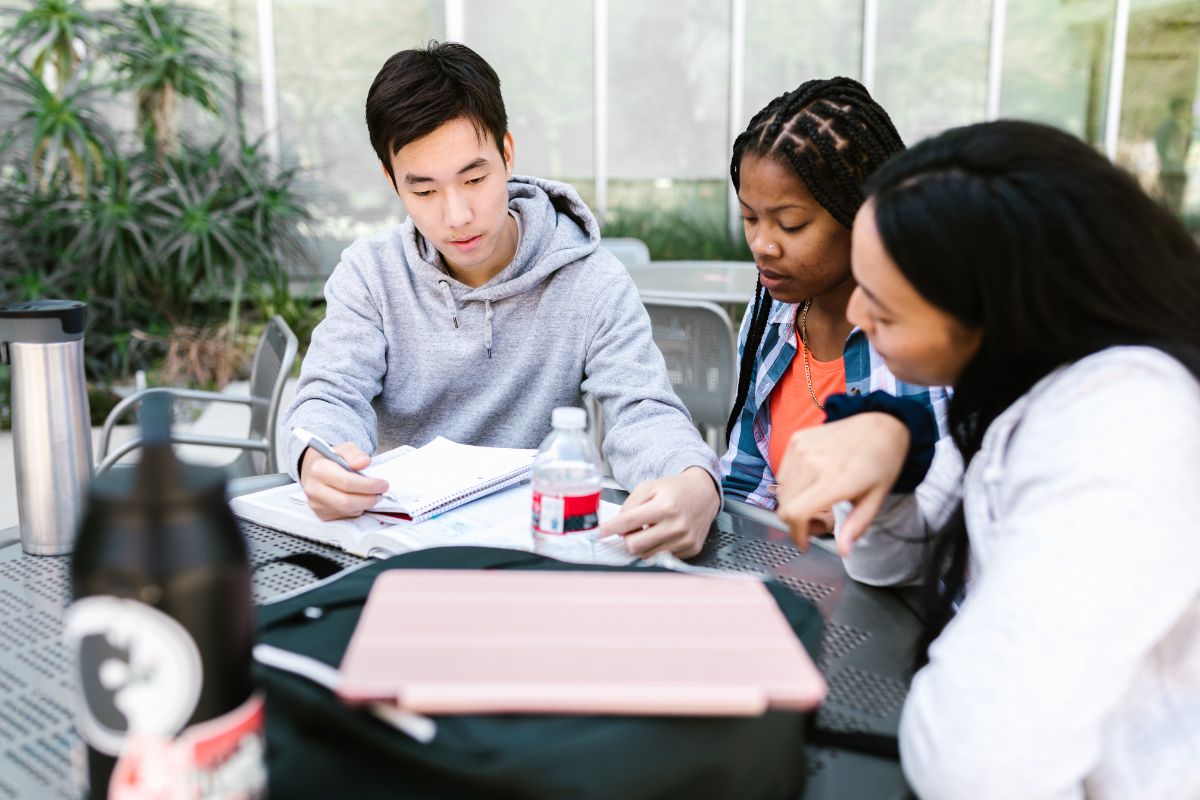
To improve the education system to meet the needs of all students, not just those in marginalised groups, it’s essential to gather insight and consider the perspectives of all students. Education leaders have entered a new phase where all student voices should be at the heart of decisions made at every University.
Nearly half a million UK students are invited to participate in the National Student Survey (NSS) every year, including the approximately 38,000 students at Northumbria University. Students are asked about the quality of their courses and their experiences studying at their chosen University. Not only does this provide valuable insights to our University, but it also gives our students a sense of value that they are helping shape the University’s future and students’ experience.
In the academic year 2019/2020, over 332,200 students with declared disabilities entered UK universities – a figure that has grown 46 percent in the past five years and demonstrates how the profile of students has changed. At the same time, while the regulatory landscape was coming to terms with accessibility advocacy, the way students were being taught was shifting at a spectacular pace due to the pandemic accelerating online learning and bringing the most significant change in recent years.
Today, universal accessibility, beyond learners with declared disabilities, instead providing online learning in a format that works for learners’ preferences, is a must as it’s become widely accepted. Back in the 1990s, the internet was still in its infancy, the use of technology for teaching was as sophisticated as an overhead projector, feedback was a show of hands in the lecture room or a paper questionnaire, and course handouts were photocopies.
Fast forward to today, and more universities are listening to what students want, while digital transformation has changed the face of learning. Applied to the student voice, modern technology allows universities to ask students’ opinions easily and at pace. It also demonstrates to students that their chosen higher education provider is making decisions based on the needs and wishes of their students.
The importance of student inclusion and making sure students feel like they belong and that they can be heard and engage with classmates is acknowledged by most universities. However, going about this isn’t always easy, and technology plays a central part.
That’s why at Northumbria, we are actively improving student listening and inclusion by doing the following:
- Engaging with our students and making digital course content accessible using Blackboard Learn Ultra by Anthology combined with Ally to create more inclusive learning communities. These tools help deliver accessible course materials to all students. We also have staff digital induction and mentoring programmes to improve their digital content delivery. Technology has enabled us to listen and act on that insight.
- Building education inclusion plans into our education and university strategies to give upfront visibility to leadership so that discussions and budgets can be allocated to projects.
- Using Student Inclusion Consultants for projects to bring the student voice into improving inclusion in all areas. Two of those projects reviewed courses for accessibility and inclusive learning content. The report was then shared with the relevant departments, and workshops were developed to support staff in designing inclusive learning materials.
- Using Northumbria’s VC Diversity and Inclusion Fund to support projects encouraging staff and student engagement with Equality, Diversity and Inclusion (EDI) across the University. The fund offers small grants to initiatives that tackle discrimination and marginalisation, enhance the representation of under-represented groups, and facilitate the implementation of good practice at Northumbria University.
- We are working with students to improve the consistency of courses (including navigation and signposting), working with our technology partners, and providing them with student feedback on how the products can be improved. One of our suggestions has already been placed on the product roadmap for development.
- Collaborating with the Student Accessibility and Inclusion Teams to build staff and student accessibility toolkits. These toolkits provide information and guidance on assistive technologies and how to create inclusive and accessible learning content.
Taking these steps helps universities to support the dedicated research and delivery of projects, which has notably made us look at the accessibility of learning materials for students by department. This type of technology enables universities to tailor student support for students with all kinds of learning needs.
Forty years ago, Astin theorised:
“The amount of student learning and personal development associated with any educational program is directly proportional to the quality and quantity of student involvement in that program.” If anything, Astin’s theory of development from 40 years ago is now more important than ever. Key stakeholders, student inclusion, should also extend to co-creating curriculums, inviting students to share decision-making about course design and the format of course materials, including teaching and assessment. Delivering learning that is collaboratively produced with staff and students will not only produce thriving students but also a thriving place of Education. Yes, we’re disrupting years of norms, but the benefits are well worth it.
Kristen McCartney has 20 years of experience in Education and is Technology & Enhanced Learning (TEL) Manager, Impact and Engagement at Northumbria University.

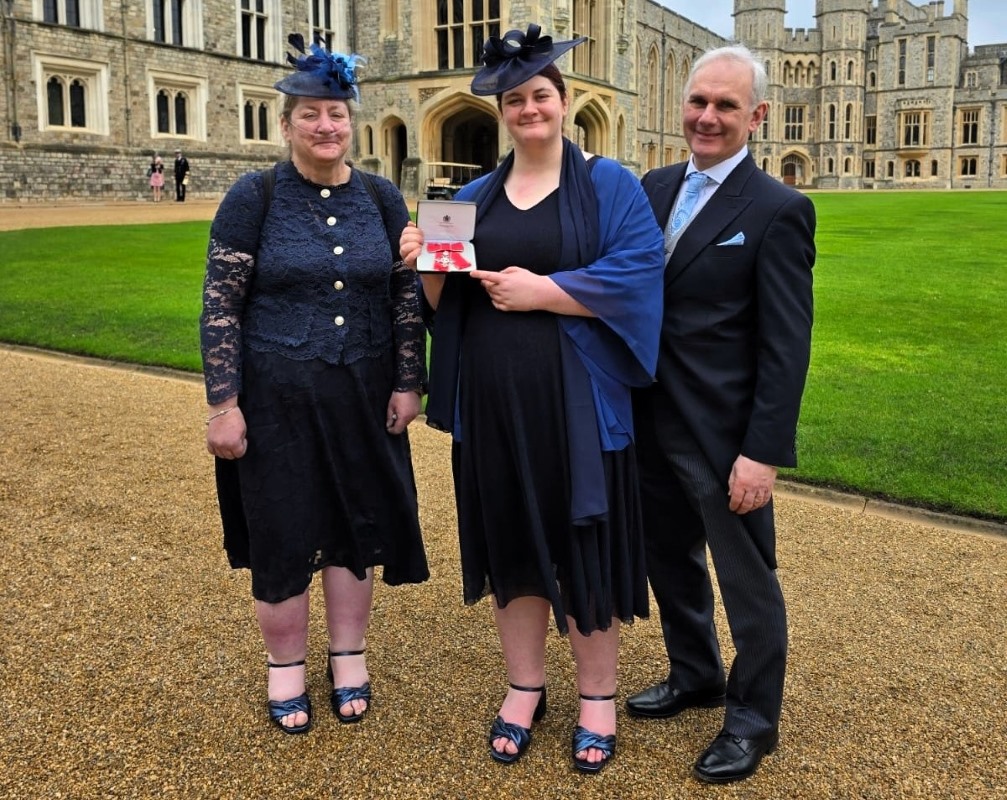

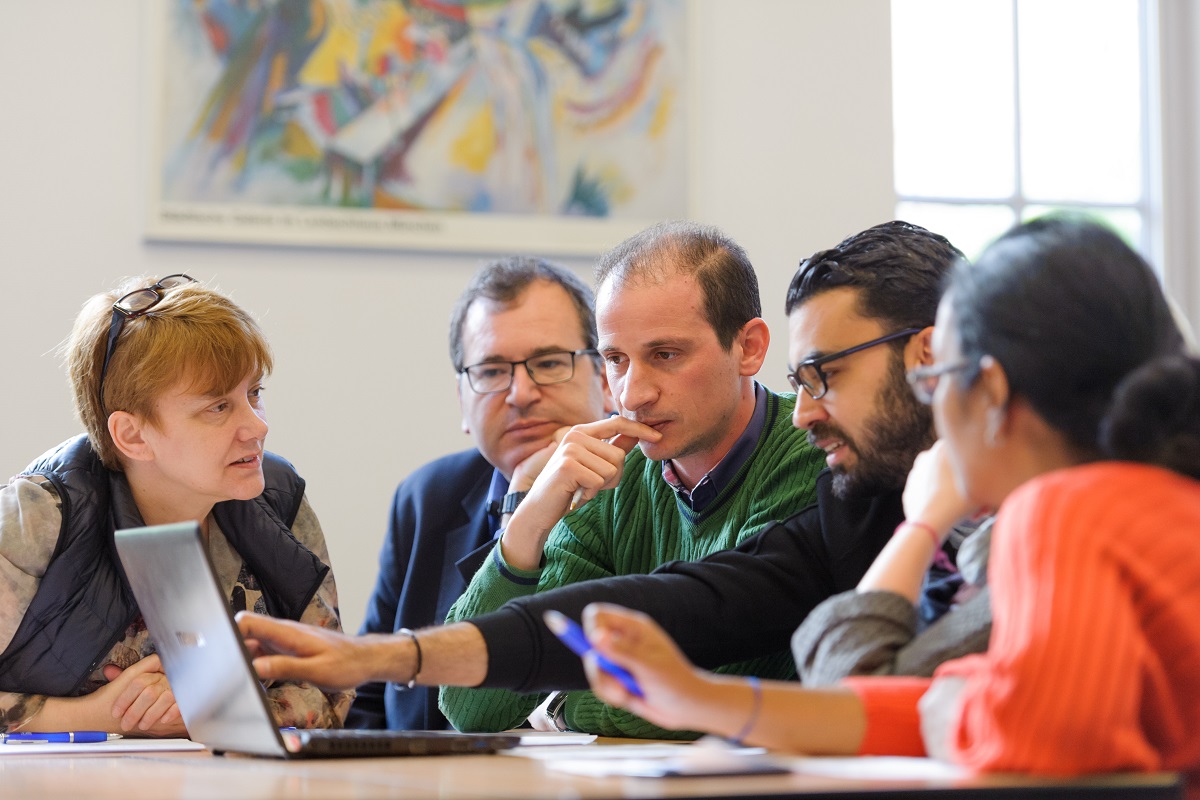

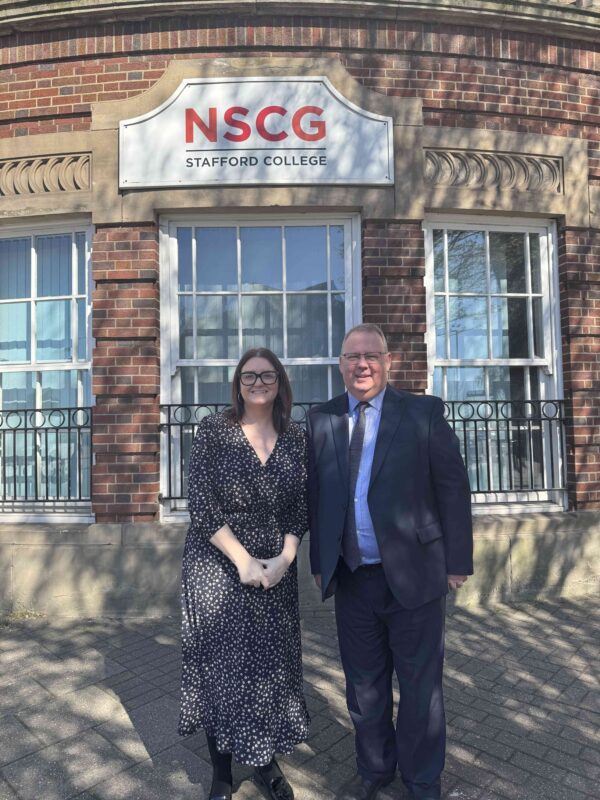

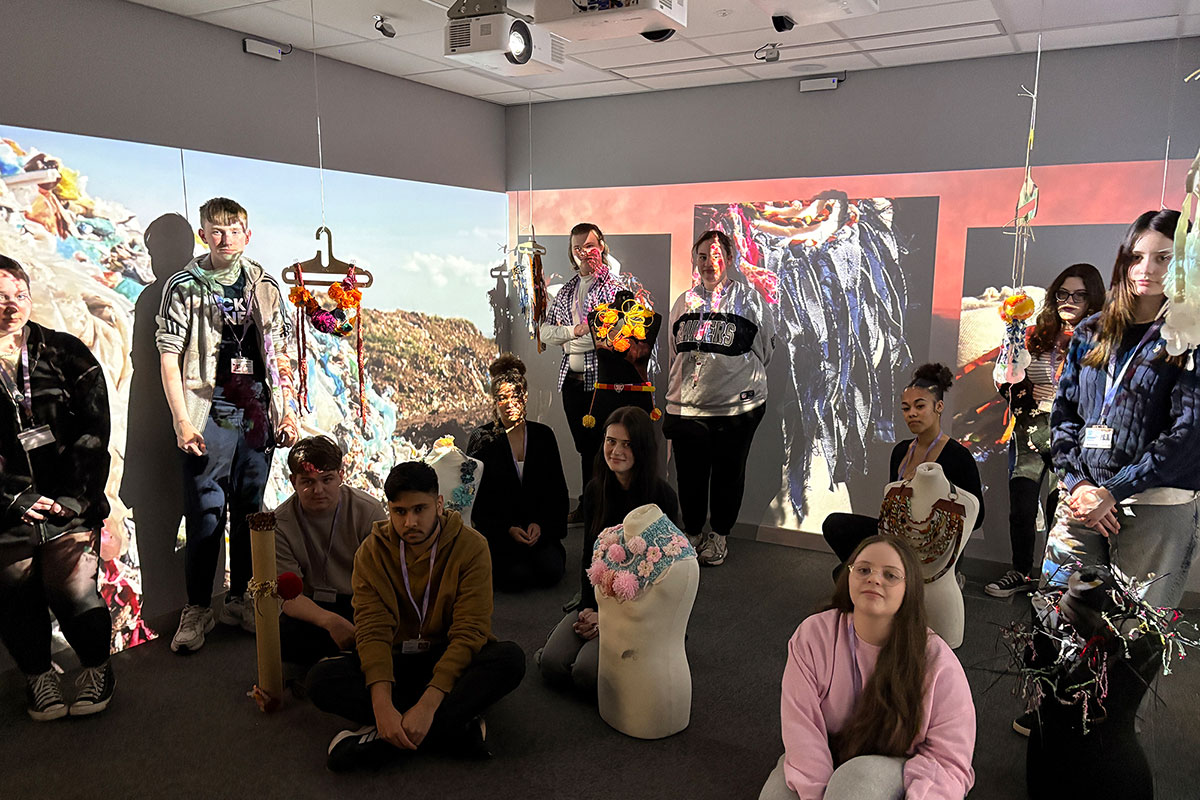

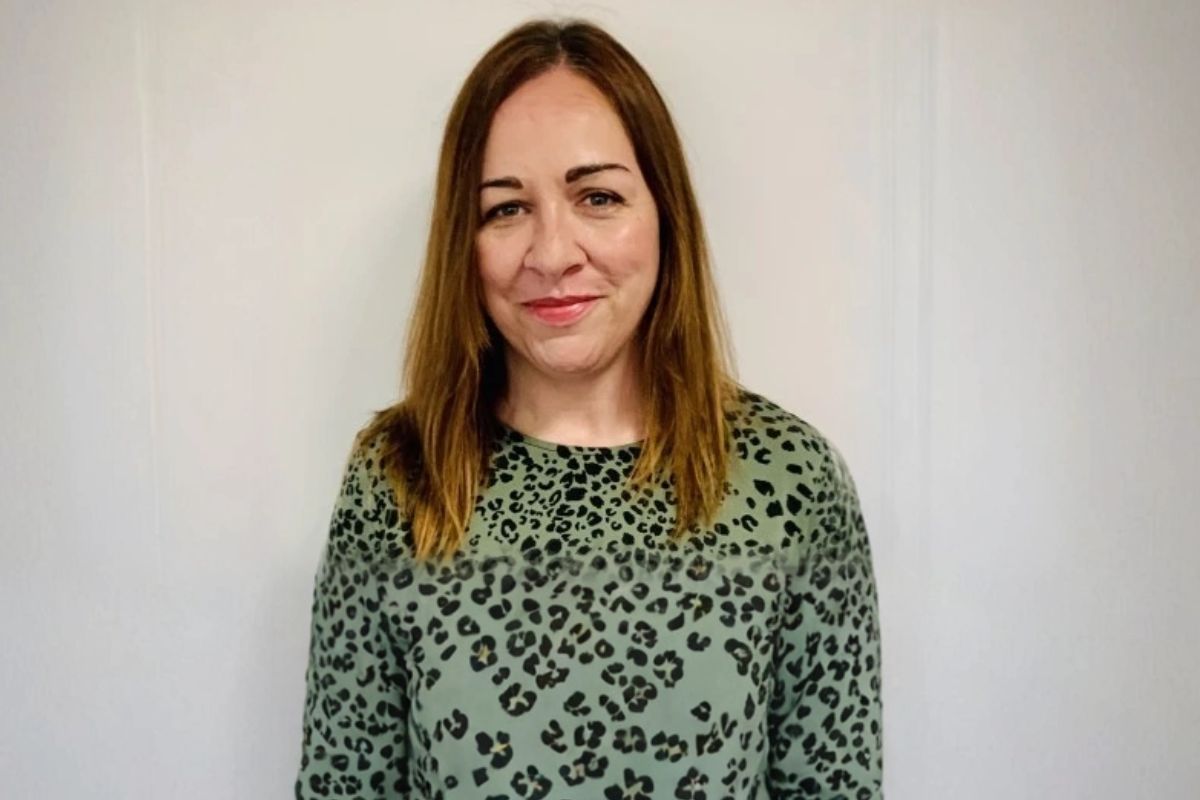

Responses